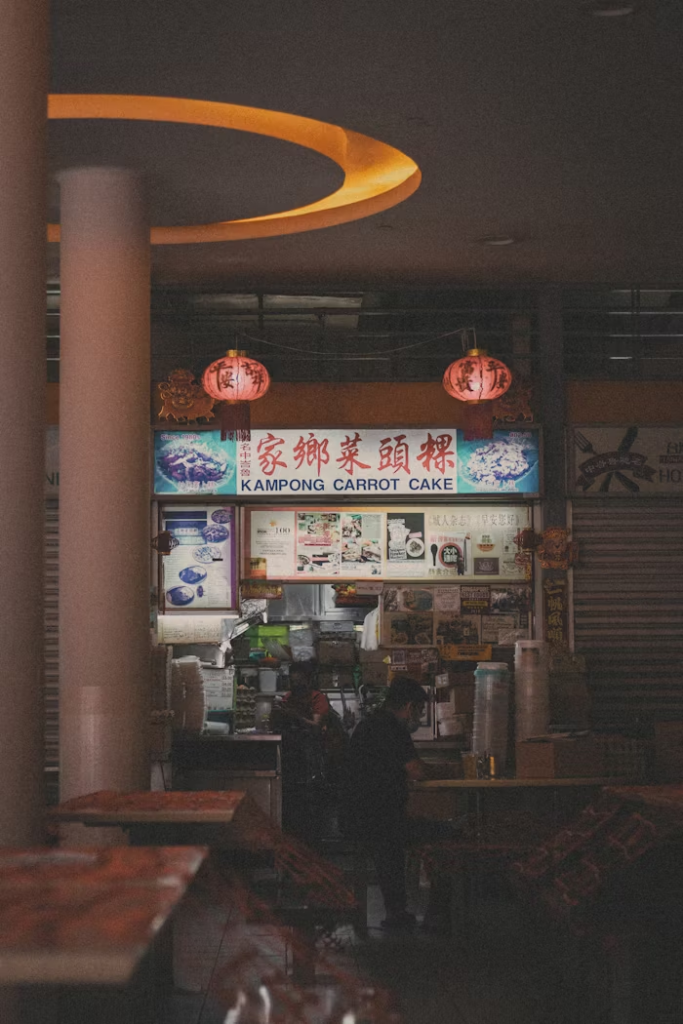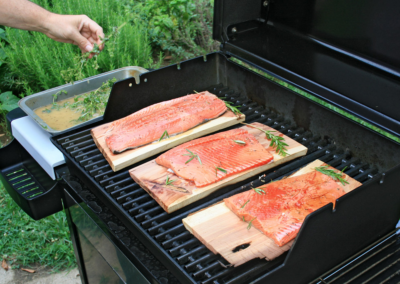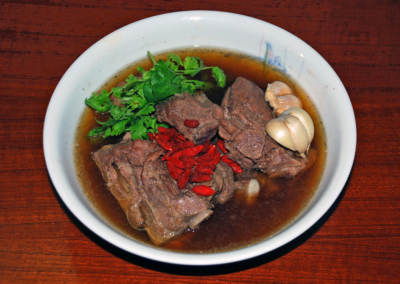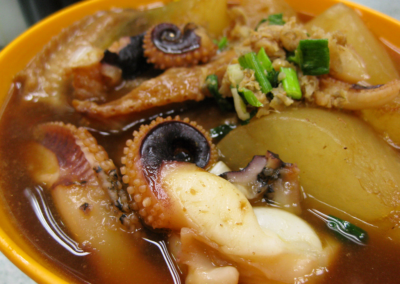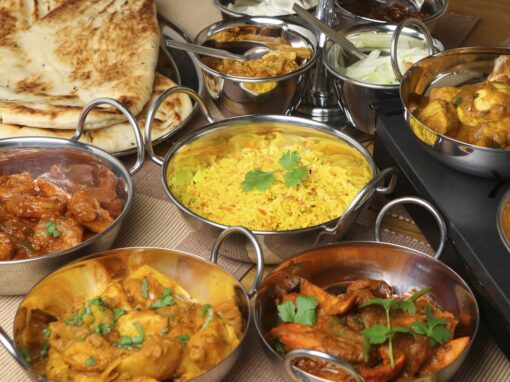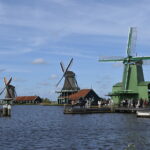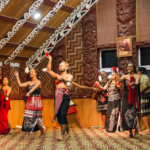Hawker centres are an essential part of Singapore’s vibrant food culture, offering a diverse culinary experience that reflects the nation’s multicultural heritage. These open-air food courts are home to a diverse array of stalls which each specialise in a specific type of cuisine, providing locals and travellers alike with an authentic taste of Singapore.
The history of Hawker centres can be traced back to the 1950s and 1960s when the Singaporean government started moving street food vendors into designated areas to improve hygiene and organisation. Over time they became popular gathering places for people from diverse backgrounds, promoting a sense of community and shared dining experiences.
Hawker centre food cultures are a melting pot of Chinese, Malay, Indian and other Southeast Asian influences. Each stall typically specialises in a specific type of cuisine from Hainanese chicken rice, char kway teow and laksa to roti prata, nasi lemak and satay. These dishes reflect the rich flavours and spices of Singapore’s multicultural society.

A major appeal of hawker centres is the affordability and accessibility of the cuisine they offer. Unlike high-end restaurants, hawker centres offer budget-friendly options without compromising on taste and quality. Visitors can sample a wide variety of dishes without overspending, making it an ideal culinary destination for travellers on a budget.
In addition to the delicious food, hawker centres provide an exciting cultural experience. The bustling nature of locals and tourists coming together creates a vibrant and lively atmosphere.
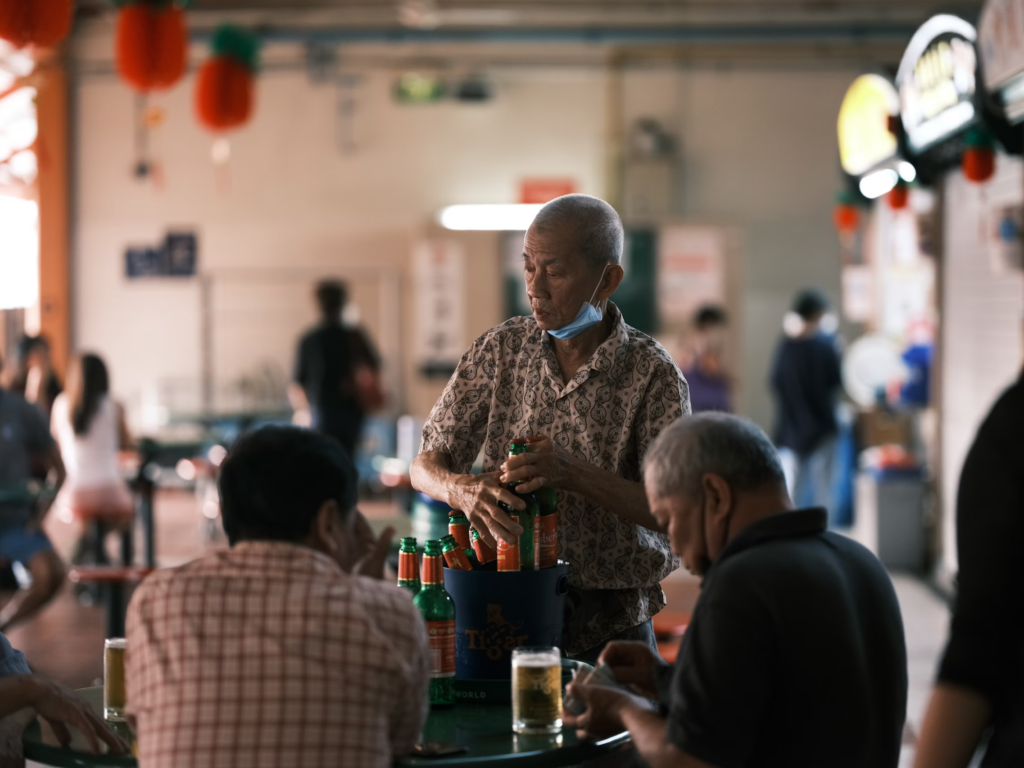
Hawker centers also reflect the spirit of makan (which means “eating” in Malay), which is deeply rooted in Singaporean culture. Sharing meals with friends and family is a treasured tradition, and hawker centres provide communal spaces where people can bond over their mutual love of good food.
In recent years, Singapore’s hawker culture has gained global recognition. In 2020, Singapore’s hawker centres were inscribed as part of UNESCO’s Representative List of the Intangible Cultural Heritage of Humanity, recognising their significance as a unique culinary heritage.
Visiting a hawker centre is not just about satisfying your taste buds. It is an opportunity to delve into the history, food and culture of Singapore.
